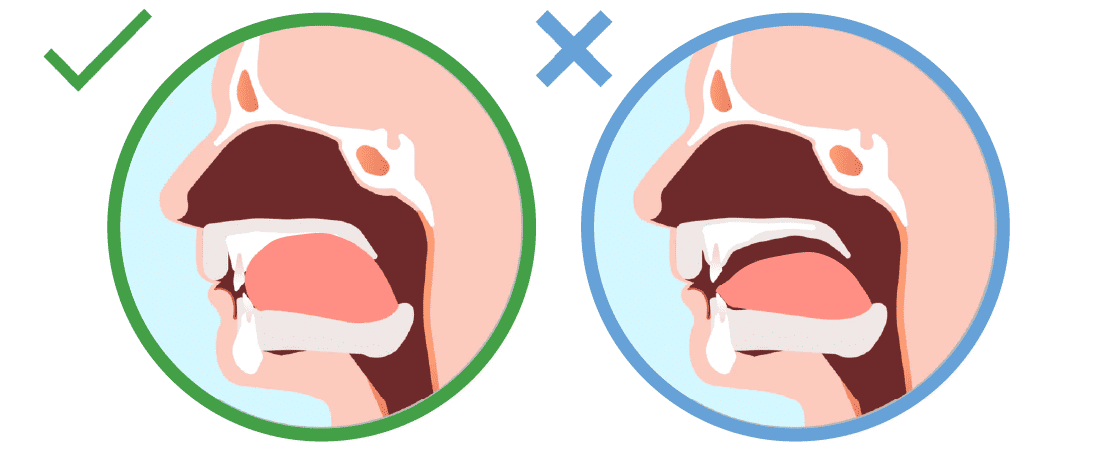Food Stuck Inside Gums

The frustration and discomfort of having food stuck inside your gums can be a real nuisance. It’s a common problem that can occur to anyone, regardless of their oral hygiene habits. Whether it’s a piece of meat, a fragment of crunchy vegetable, or a sticky candy, getting food stuck in the gums can be painful and annoying. In this article, we’ll delve into the reasons why food gets stuck in the gums, explore the different types of food that are most likely to cause this issue, and provide you with practical tips and techniques to safely remove stuck food and prevent it from happening in the future.
One of the primary reasons why food gets stuck in the gums is due to the unique anatomy of the mouth. The gums, also known as the gingiva, are the soft tissues that surround the teeth, providing a protective barrier against bacteria and other foreign particles. However, the gums can also trap food particles, especially if they are sticky or hard. When food gets stuck, it can cause inflammation, irritation, and even infection if left untreated.
Certain types of food are more prone to getting stuck in the gums than others. For instance, sticky foods like caramel, honey, and chewing gum can easily become lodged in the gums. Hard foods like nuts, seeds, and popcorn kernels can also get stuck, especially if they are not chewed properly. Additionally, crunchy foods like apples, carrots, and crunchy snacks can sometimes get trapped in the gums, particularly if they are eaten quickly or without proper chewing.
To remove stuck food from the gums, it’s essential to act gently and carefully to avoid causing further irritation or damage. One of the most effective ways to dislodge stuck food is to use dental floss. By gently sliding the floss between the teeth and gums, you can loosen the trapped food particle and remove it. Another technique is to use a toothpick, but be careful not to push too hard, as this can cause the food to become further lodged or even damage the gums.
In some cases, stuck food can lead to more serious issues like gum inflammation, abscesses, or even tooth loss. If you experience persistent pain, swelling, or bleeding in the gums, it’s crucial to seek professional help from a dentist or oral healthcare provider. They can assess the situation and provide appropriate treatment, which may include a deep cleaning, antibiotic therapy, or even surgical intervention in severe cases.
Preventing food from getting stuck in the gums requires a combination of good oral hygiene habits and mindful eating practices. Brushing your teeth at least twice a day and flossing once a day can help remove plaque and food particles that can accumulate in the gums. Additionally, eating slowly and chewing your food thoroughly can reduce the risk of food getting stuck. Avoiding sticky and hard foods or cutting them into smaller pieces can also help minimize the risk of food getting trapped in the gums.
Step-by-Step Guide to Removing Stuck Food from Gums

- Rinse your mouth with warm water to loosen the food particle.
- Use dental floss to gently slide between the teeth and gums, loosening the trapped food.
- Use a toothpick to carefully dislodge the food, avoiding pushing too hard.
- Brush your teeth and gums with a soft-bristled toothbrush to remove any remaining food particles.
- Rinse your mouth with an antibacterial mouthwash to reduce inflammation and prevent infection.
While getting food stuck in the gums can be a frustrating experience, it’s essential to remain calm and take gentle, careful steps to remove the trapped food. By practicing good oral hygiene habits, being mindful of your eating habits, and taking prompt action when food gets stuck, you can minimize the risk of complications and maintain a healthy, happy smile.
What are the most common types of food that get stuck in the gums?
+Sticky foods like caramel, honey, and chewing gum, as well as hard foods like nuts, seeds, and popcorn kernels, are the most common types of food that get stuck in the gums.
How can I prevent food from getting stuck in my gums?
+Brushing your teeth at least twice a day, flossing once a day, eating slowly and chewing your food thoroughly, and avoiding sticky and hard foods can help prevent food from getting stuck in the gums.
What should I do if I experience persistent pain or swelling in my gums after getting food stuck?
+If you experience persistent pain, swelling, or bleeding in your gums, it's essential to seek professional help from a dentist or oral healthcare provider. They can assess the situation and provide appropriate treatment to prevent further complications.
By understanding the causes and consequences of food getting stuck in the gums, you can take proactive steps to maintain good oral health and prevent this common problem from occurring. Remember to always prioritize gentle, careful techniques when removing stuck food, and don’t hesitate to seek professional help if you experience any persistent discomfort or complications. With the right knowledge, habits, and strategies, you can keep your gums healthy, happy, and free from the frustration of stuck food.


